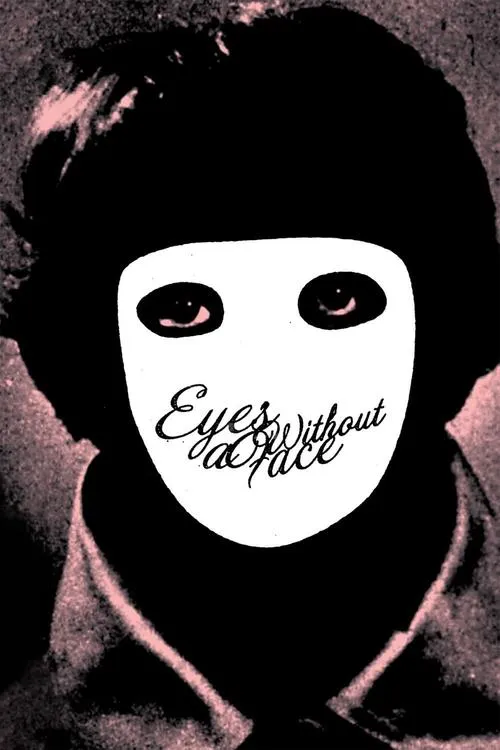Eyes Without a Face

Plot
Eyes Without a Face is a French-Italian psychological horror film directed by Georges Franju in 1962. The film is an adaptation of a 1940 novella called 'Les Yeux Sans Visage' by Pierre Boileau and Thomas Narcejac. The movie's narrative is a dark and haunting tale of a father's unrelenting love, driven by guilt and obsession, for his disfigured daughter Christiane. The story commences with Dr. Génessier, a renowned plastic surgeon, haunted by memories of a tragic accident that occurred several years prior. His beautiful and talented daughter Christiane was severely disfigured, leaving her face severely scarred. To the outside world, Christiane's fate seems sealed – a life of isolation and solitude. However, in reality, she remains at her father's mansion under the care of her nurse, Louise, who appears to be more devoted to Dr. Génessier than to Christiane. Dr. Génessier sets out on a twisted mission to restore his daughter's beauty. He believes that a new face will bring Christiane back to life and reconcile their fractured bond. This fixation leads him to concoct a macabre plan: to kidnap young women, bring them to his laboratory, render them unconscious with a lethal anesthetic called 'surgical chloroform,' and proceed with a face transplantation procedure. As the narrative unfolds, a series of bizarre and unsettling events take place within the confines of the Génessier mansion. Dr. Génessier and Louise, acting under an unwavering sense of loyalty, scour the streets for potential victims. Their modus operandi involves luring unsuspecting women to secluded areas, where they eventually succumb to the chloroform-soaked rags. In a gruesome and detached manner, Dr. Génessier sets to work on harvesting the faces of his victims. Christiane, meanwhile, is left to ponder her own identity and place in her father's world. Despite her crippling disfigurement, Christiane is depicted as an intelligent and introspective individual, trapped within a world where her appearance defines her worth. Her father's fixation on restoring her beauty serves as a metaphor for the societal expectation placed on women to conform to conventional standards of beauty. The film's cinematography and production design play a pivotal role in capturing the atmosphere of unease and dread that pervades the Génessier mansion. The eerie, black-and-white visuals of Parisian locations juxtaposed with the stark, clinical atmosphere of the laboratory provide a haunting visual contrast. The use of close-ups, emphasizing the faces of the characters, heightens the emotional intensity and underscores the importance of physical appearance in the narrative. One of the most striking aspects of Eyes Without a Face is its nuanced portrayal of the complex and multifaceted nature of human relationships. Dr. Génessier's love for Christiane is palpable, but it is also perverted by his twisted obsession with restoring her beauty. This complex dynamic raises questions about the blurred lines between a father's love and his own warped desires. Similarly, Louise's character serves as a testament to the ways in which societal expectations can warp our relationships and perceptions. The film also raises uncomfortable questions about the commodification of human life and the fetishization of beauty. Dr. Génessier's actions can be seen as an extreme manifestation of the societal pressures that dictate the value of a person based on their appearance. This theme is poignantly conveyed through the character of Christiane, who struggles to find her identity beyond the confines of her physical appearance. Eyes Without a Face is a film that continues to haunt and disturb audiences to this day. Its thought-provoking exploration of the complexities of human relationships, coupled with its unflinching portrayal of the darker aspects of human nature, make it a landmark of French horror cinema. The film's haunting visuals and atmospheric sound design serve to heighten its impact, leaving viewers with a lasting sense of unease and disquiet.
Reviews
Recommendations




